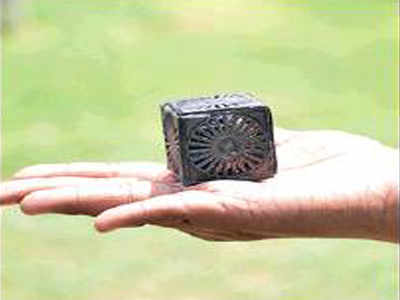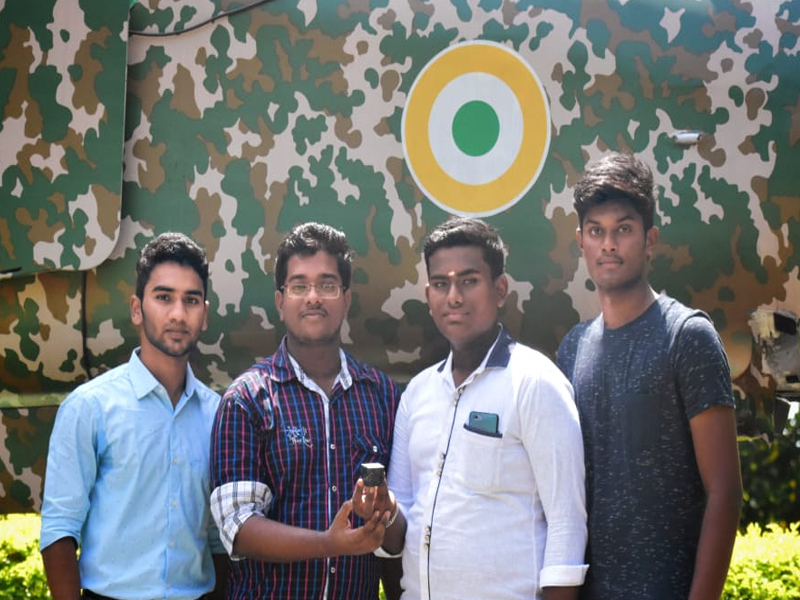
Chennai :
Four city students have developed what could be the world’s lightest satellite which will be launched from a NASA facility in the US by August.
The first-year engineering students from Hindustan Institute of Technology and Science near Chennai built the 4cm ‘cube’ satellite ‘Jaihind-1S’ with a 3D printed outer casing from polylactic acid (PLA) nylon material, making it lighter than a medium sized egg, at just 33.39 grams.

The satellite has been designed and fabricated for the ‘Cubes in Space’ competition conducted by Colorado Space Grant consortium, NASA and idoodle-learning. It will be flown on a scientific balloon up to an altitude of 70km.
The previous lightweight satellite developed by Rifath Sharook, also from Tamil Nadu , and launched in the same competition in 2017 had weighed 64 grams.
“We designed the satellite to conduct three experiments – measure 20 weather parameters, test the nylon material in microgravity and track the trajectory while it is being flown. What makes the satellite unique is that all three experiments will be conducted at the same time,” said K J Harikrishan, one of the team members. “It cost us ?15,000, so it is also the cheapest satellite,” he added.
Harikrishan worked with his three teammates P Amarnath, G Sudhi and T Giri Prasad for two weeks to assemble the satellite and feed in the program.
As the balloon flies to an altitude of about 70km, the sensor modules in the satellite will begin measuring parameters like temperature, humidity, pressure and UV ray intensity as well as the movement and the trajectory of the balloon. The sensors will send the data to an onboard SD card through a microcontroller . Once the balloon reaches the desired altitude, the satellite will disengage from the balloon and fall. It will then be collected for data retrieval while the durability of the nylon material will also be assessed.
“The satellite has sensor modules that are programmed to measure and record four different parameters per second. So, we will get a large amount of data as the balloon flies to an altitude of 70km for almost a day,” the student said.
Professor G Dinesh Kumar, who was the faculty advisor, said the team improved the efficiency of the satellite by reducing its weight and opting for sensor modules that can measure more than one parameter at a time.
“We tested the satellite up to a height of 40 feet. We will be sending it to the US later this week,” the professor said.
source: http://www.timesofindia.indiatimes.com / The Times of India / Home> News> City News> Chennai News / TNN / June 28th, 2018